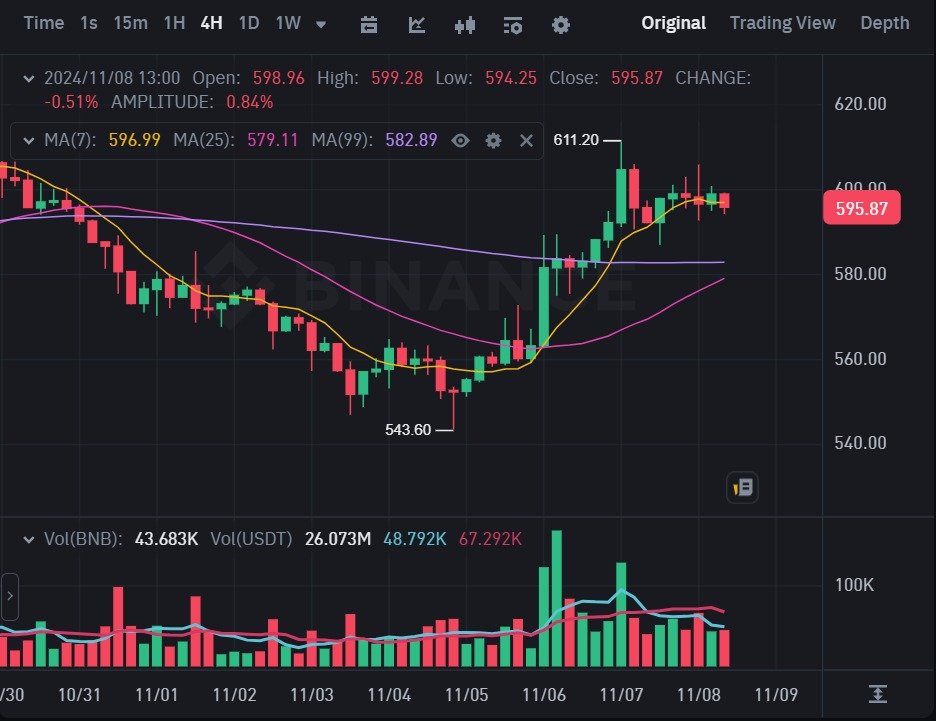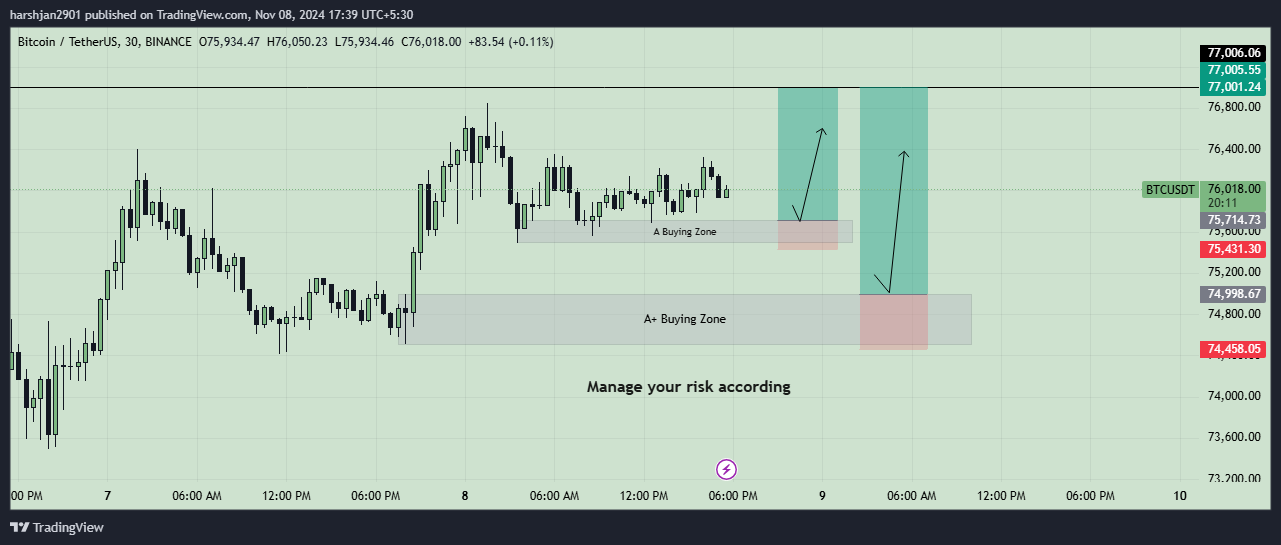1. Ethereum (ETH) – The Smart Contract Pioneer
Ethereum remains the most obvious contender due to its established network, large user base, and diverse ecosystem. Ethereum’s primary value proposition lies in its ability to execute smart contracts and support decentralized applications (dApps). The transition to Ethereum 2.0, which implements a more energy-efficient Proof of Stake (PoS) consensus mechanism, enhances its scalability and could make it a stronger competitor in the long run.
Ethereum’s move to PoS, combined with major ecosystem developments in decentralized finance (DeFi) and NFTs, places it in a strong position to maintain its dominance. Ethereum’s network effects and developer adoption make it a contender for the “next Bitcoin” title, though it may never surpass Bitcoin as a store of value due to Bitcoin’s unique role.
2. Solana (SOL) – Speed and Scalability
Solana (SOL) has emerged as a formidable challenger, particularly for projects requiring high throughput and low transaction fees. Solana’s Proof of History (PoH) consensus mechanism allows it to process thousands of transactions per second (TPS), making it much faster and cheaper than both Bitcoin and Ethereum.
The combination of low costs, high speeds, and increasing adoption in DeFi and NFTs positions Solana as a potential contender for Bitcoin’s throne, especially for use cases requiring fast and scalable solutions. However, the network has faced challenges with outages, which could hinder its future growth unless addressed.
3. Cardano (ADA) – A Research-Driven Blockchain
Cardano (ADA) is a highly ambitious project that aims to bring sustainability, scalability, and interoperability to blockchain technology. Its development is grounded in academic research, which has led to a slower but highly methodical approach to blockchain development.
Cardano is designed to be a more secure, scalable, and eco-friendly alternative to Ethereum, and it’s focusing heavily on gaining adoption in developing economies. With its unique approach, Cardano’s ecosystem could become a critical player in the future of blockchain, particularly in areas like supply chain management and governance.
4. Polkadot (DOT) – Multi-Chain Interoperability
Polkadot (DOT) is focused on solving one of blockchain’s biggest challenges: interoperability. Polkadot allows different blockchains to communicate with one another, creating a multi-chain network that can be customized for a wide variety of use cases.
By enabling cross-chain compatibility, Polkadot could become the backbone of a more interconnected decentralized web. Its vision of a decentralized internet and strong partnerships with other blockchain projects gives it significant potential to disrupt the crypto space. However, much like Ethereum and Cardano, Polkadot is still in the early stages of adoption.
5. Bitcoin Cash (BCH) – The Peer-to-Peer Bitcoin
Bitcoin Cash (BCH) was created as a hard fork of Bitcoin with the primary goal of increasing the transaction throughput and reducing transaction fees. Despite Bitcoin’s dominance, its slow transaction speed and high fees can be limiting for smaller transactions.
Bitcoin Cash offers a solution by increasing the block size, thereby enabling faster transactions with lower fees. While Bitcoin Cash hasn’t gained as much traction as Bitcoin, it remains a strong contender for becoming the “go-to” peer-to-peer electronic cash in the long run, especially as Bitcoin’s scalability remains a challenge.
6. Litecoin (LTC) – The Silver to Bitcoin’s Gold
Litecoin (LTC) was created by Charlie Lee as a “lighter” version of Bitcoin, with faster block generation times and a different hashing algorithm. While Litecoin is often seen as an alternative to Bitcoin, it lacks the same level of widespread adoption and has been overshadowed by newer projects.
Litecoin’s main advantage lies in its simplicity and speed, but it may struggle to gain the same level of attention as Bitcoin or Ethereum due to the rise of more feature-rich blockchain platforms. Still, it’s a solid alternative for those seeking a more scalable version of Bitcoin.
Conclusion: Will There Be a “Next Bitcoin?”
While the concept of a “next Bitcoin” is enticing, it’s important to consider that Bitcoin has cemented its position as the first and most established cryptocurrency. Its brand recognition, large user base, and role as a store of value give it a strong network effect that makes it hard to surpass.
However, there is no shortage of promising contenders, with projects like Ethereum, Solana, and Cardano leading the charge. These blockchain platforms may not replace Bitcoin, but they could carve out niches of their own, offering unique solutions to challenges like scalability, transaction speed, and interoperability.
For investors and traders, it’s crucial to diversify and explore the many opportunities the crypto space offers. If you’re interested in building a diversified crypto portfolio, Lumina Lore offers advanced investment strategies and tailored bot trading services to help you navigate the world of crypto investments.
Start your journey today with Binance: Binance Referral Link, or explore Lumina Lore for expert guidance: Lumina Lore.



